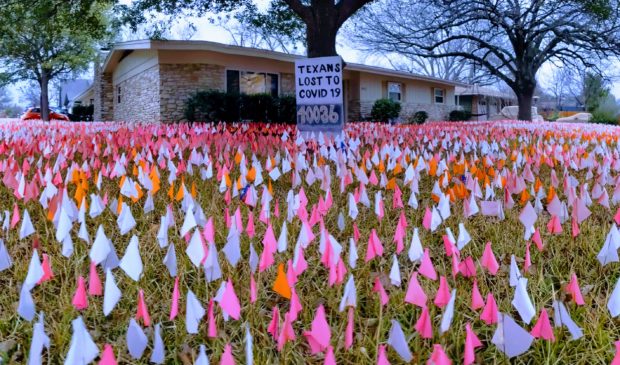City seeks input on post-Covid economic recovery plan
Thursday, April 8, 2021 by
Chad Swiatecki The city is taking feedback from residents on a wide-reaching plan to restructure how many departments operate, and how economic development is handled in the post-pandemic world.
The Economic Recovery and Resiliency Framework is a list of 45 ways the city can create new or transform existing programs to better serve residents and small businesses. The framework was created through a series of public forums and discussions with local chambers of commerce and other groups involved in the city’s overall economic health.
Split up into seven subject areas – city innovation, communication enhancement, employee and business assistance, financial support, government service procurement, health and mental wellness, and public infrastructure – the framework is heavily focused on equity and specifies which steps will require additional funding, changes to city policy or third-party partner organizations.
Veronica Briseño, the city’s chief economic recovery officer, said the city wanted to take an aggressive approach to reorganizing its operations with the possibility of several million dollars of federal stimulus money available to help recover from the pandemic.
“If we’re looking at a new norm and what’s next for Austin, why not be creative and try things differently?” she said. “One of the things the pandemic did was shed light on lots of the inequities that are present in our community, and we spent a lot of time on having that represented while building in safeguards on other disasters that will happen. This framework is our starting point.”
With public comments open until April 23, city staff will then give an update to City Council including what steps can be implemented right away without the need for additional funds or other resources.
While some of the items including job training and providing resources to business owners will take time to acquire funding and get spun up, Briseño said plans to improve communication and preparedness will be easier to implement. She said the idea to create a “reverse 911” phone tree to provide information and assistance to business owners during times of crises like the February blackouts is a small but obvious move that will provide large benefits quickly.
With staff expected to update Council next week on possible uses for incoming money from the Biden administration’s $1.9 trillion stimulus, Briseño said the experience gained from starting almost a dozen relief programs over the past year will help make it easier to launch other new programs.
“Those (new) funds are going to give us the opportunity to provide so much needed relief in the community. When the CARES Act funding happened and we launched 11 relief programs in economic recovery … that was uncharted territory and none of us had worked through a pandemic and been in a position to have to provide through these relief programs,” she said. “For a city to be that nimble and provide that level of relief in such a short amount of time is huge, and now that we’ve had the benefit to grow and learn from that experience we’re in a much better place to make sure these funds are used where they’re needed the most.”
Among the participants in the initial brainstorming phase of the framework were representatives from the Downtown Austin Alliance, which is set to release its own Roadmap to Recovery and Resilience for downtown Austin later this month.
Michele Van Hyfte, the alliance’s vice president for urban design, said the priorities for her group in the framework were public safety, services for the homeless, solutions to revive small businesses, and removing fees and other economic barriers for businesses finding new ways to engage customers safely.
“We also recommended the prioritization of funding for the continued distribution of vaccines, the reestablishment of standards to better ensure public safety, immediate economic relief for the businesses hit first and hardest in downtown, marketing dollars for local businesses and maintenance of the public realm,” she said.
Photo made available through a Creative Commons license.
The Austin Monitor’s work is made possible by donations from the community. Though our reporting covers donors from time to time, we are careful to keep business and editorial efforts separate while maintaining transparency. A complete list of donors is available here, and our code of ethics is explained here.
You're a community leader
And we’re honored you look to us for serious, in-depth news. You know a strong community needs local and dedicated watchdog reporting. We’re here for you and that won’t change. Now will you take the powerful next step and support our nonprofit news organization?











